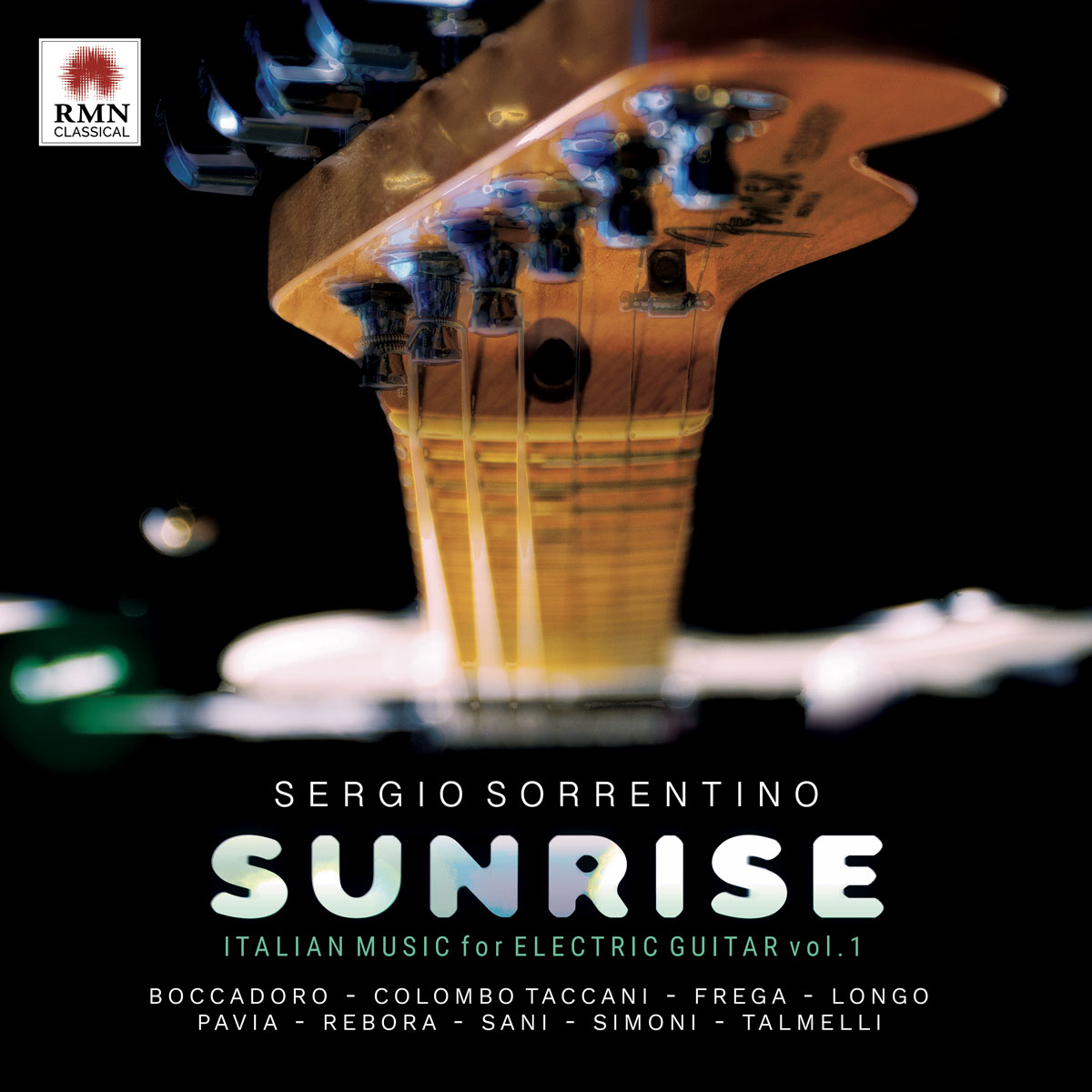"The strings of the past" was born in 1995, commissioned by a group of Roman guitarists (Bruno Battisti d'Amario, Carlo Sini, Stefano Cardi, Antonio De Rose), who performed it in its first version at the Folkstudio in 1995, in the third migration of the historic Roman space for folk, jazz and contemporary music, whereby in 1962 a still unknown Bob Dylan played in the shadow of the Colosseum. The composition is a tribute to my years of guitar learning, with the composer and guitarist Giorgio Nottoli, then transformed into a long artistic partnership in the experimentation of new technologies for sound processing and design. Twenty-five years later, Sergio Sorrentino, an attentive and tireless researcher of contemporary composition for guitar in the perspective of discovering new literature for the electric guitar, "rediscovered" the score of The strings of the past, talking to me with great passion about a work that remained for me in a sort of limbo of memory, as happens to an episode of the existence that has remained in abeyance, with which I had not fully reckoned. It was then that I decided to regain possession of this memory and thanks to Sergio's happy intuition and his abnegation in bringing me back into those strings, with his collaboration, I returned to harmonics, timbrical distortions, scales and wavy paths, to create a new version of the composition. A version that does not betray the spirit of the original manuscript, but organizes the material in a more rational way and above all enters more decisively into the processing of the timbres, also thanks to the possibilities offered by the electric guitar and the extraordinary refinement interpretative techniques developed by Sergio Sorrentino, who, in this recording, plays - overdubbing - all four parts. The result is surprising for me: it realizes today what - for many years - remained an intuition suspended in time. This is why Le corde di un tempo is a work of extreme fascination; it brings with it the sense of distance, expectation and history, with all the experiences that have alternated between its original definition and this new edition. I am very grateful to Sergio Sorrentino for having rediscovered and understood this composition, for having entered the complexity of the memories that crossed it then and for having made it even more alive and current today.
-- Nicola Sani


